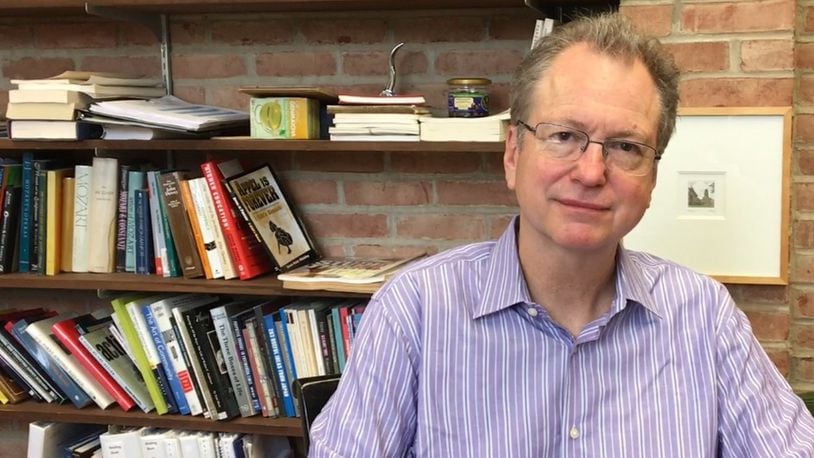RELATED: What caused five area colleges to falter financially?
But, Antioch College reopened in 2011 with the help of alumni and community members who continue to support the school as it tries to build itself back up.
“A lot of work was required and that’s largely a story that centers on the passion and belief of alumni of this institution,” President Tom Manley said.
A Dayton Daily News investigation this week examines area colleges and what is causing their financial struggles. Some experts said there are too many colleges and universities in Ohio and one higher education analyst suggested that more than 500 schools would close across the United States in the next decade.
Manley describes Antioch College as a higher education “start-up” because the school had to start from scratch to reopen, despite its storied past.
Antioch officials had to apply for accreditation as a brand new institution and received it in 2016, Manley sad. This year’s graduates will be the second class to earn degrees under a newly accredited Antioch College.
RELATED: Antioch University in Yellow Springs could move to south Dayton
“We’re a 167-year-old start-up and that paradox has both wonder, tremendous potential and great terror connected to it,” Manley said. “Those years don’t count for applying for accreditation…it’s as if it never existed.”
Antioch College separated from the Antioch University system in 2008, when the then-parent organization decided to close the school due to enrollment declines and financial issues. In 2009 a group of alumni formed a nonprofit corporation to bring back the college which then reopened in 2011.
Before accreditation came, Antioch College needed to attract students. To do so, the school offered free tuition for its first few classes.
Enrollment is still low though with fewer than 200 students on campus down from the school’s high point of around 2,000, officials said. The school will likely remain small for the foreseeable future and Manley said it will grow incrementally and strategically.
RELATED: Wilberforce University announces layoffs, pay cuts and furlough for employees
Along with bringing back students the school had to rebuild its board of trustees, its faculty and actual facilities on campus.
A few of the buildings on Antioch’s campus are closed and some are even slated for demolition. Others have been completely rehabbed by alumni and students.
The school renovated a structure that held its original gym into a wellness center for the campus and community. The building features a workout facility, a pool, rooms for yoga and two gyms.
A mural painted in the 1930s remains on the walls of the wellness center and current students painted a new one in mid-June to carry on the tradition.
The tradition of Antioch’s alumni base is the biggest reason the college was able to come “back from the dead.” Manley said.
RELATED: WSU trustees approve more than $30.8 million in budget cuts
Its alumni have put together their own workshop that they use to help renovate and fix things up on campus. Some have contemplated moving back to Yellow Springs to live in a proposed “alumni village” said Mark Reynolds, director of marketing and communications who is also an Antioch alumnus.
When the Antioch University system announced it was closing the college, alumni stepped up and donated a combined $400,000 in just one day, Reynolds said. Ever since then, they’ve continued to help Antioch “raise in a month what other small colleges raise in a year,”Manley said.
“It’s a remarkable relationship,” Manley said “I would say look to your alumni and community and engage them.”
About the Author
